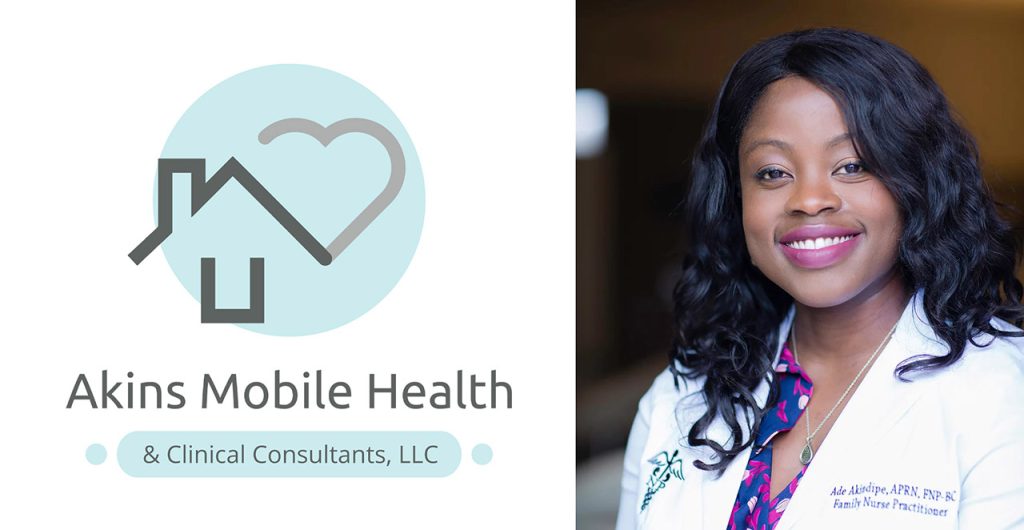Frontier Medicine
Alaskans like to call the rest of the country the “Lower 48.” That’s because it acknowledges things are different in Alaska. A decade ago, Aderonke Akindipe, FNP, discovered just how different when she moved to Anchorage from New York City.
Akindipe is CEO of Akins Mobile Health & Clinical Consultants in Anchorage, the largest city in America’s largest state. Like many other things in a place sometimes called “America’s Last Frontier,” home-based primary care (HBPC) is uncommon. And very different.
“When I started this practice,” said the Johns Hopkins-trained provider, “I was working in long-term care and was distressed to see people in the hospital sent home and then a month later they’d be back.” She said she asked herself what was being done to keep people out of the hospital.
“In the Lower 48, there was home-based care. Well, we didn’t have that, so I said, ‘Let’s start.’” But delays happen, Akindipe said, “and by the time I launched, it was the middle of COVID.”
Home-based primary care in Alaska was “not something people were used to,” she said. “It’s very challenging.”
It’s also different because the high-tech medical equipment that’s usually available in many areas of the country is very limited in Alaska. “I was watching one of the videos from HCCI the other day, and it talked about a provider doing an ultrasound or chest X-ray in the home,” Akindipe said. “Well, we don’t have that here, so I often have to use my clinical skills to figure things out. And sometimes, yes, [a patient] may need to go to the ER, but the goal is to make sure these patients stay as independent as possible.”
There was a patient, she said, who typifies that.
“He had just moved in from [another state] and he’d had a stroke. He had multiple difficult conditions. His family was devastated. They wanted help, and they didn’t know where to start.” That case stays with her, she said, “because of all the time we had together with me as his provider, we learned together. It helped me realize the resources that are in place to support someone like him. He just needed someone who could help him connect the dots: Get him into home health care, get him into rehab, get his insulin going again.”
“As a provider, I learned so much about home-based primary care,” Akindipe said. “What we really need is someone to actually pay attention to these small things that can become a very large thing and end up back in the hospital. I’ve seen that over and over again.”
“This same patient has come a long way, but he likes the fact that he can call me — and he’s one of the only patients who has my direct cell number and uses it, like when he called and said,— ‘Hey, my blood sugar is 300 today … I need you to fix it. What are we gonna do about it?’”
She chuckled. “And I really love that because in an office setting, it’s not really that easy to do.” Akindipe said that works better and that a home setting is more personal, more connecting.
“Yes, you can talk with the nurse or the medical assistant, but that personal relationship you have with the patient is so awesome, and you’re able to do more for him,” she said. “I can fix those problems, and now his blood sugar is back down. I saw him yesterday, and he told me it’s doing great. It’s such a great feeling to know you’re making a difference.”
Alaska is a vastly different environment from Akindipe’s native New York. Anchorage is a big city, she said, but “a very small big city.” According to Akindipe, if you’re looking for a lot of things to do indoors, it can sometimes get boring, but it’s great to be able to go hiking and snowboarding. Still, she said, “it’s a big adjustment. Especially in winter. Sometimes winter really gets to people. That’s when you have to get out there.”
Yet Alaska grows on you. After her husband’s career in the oil and gas industry brought them to the state 10 years ago, “We’ve never looked back,” she said.
